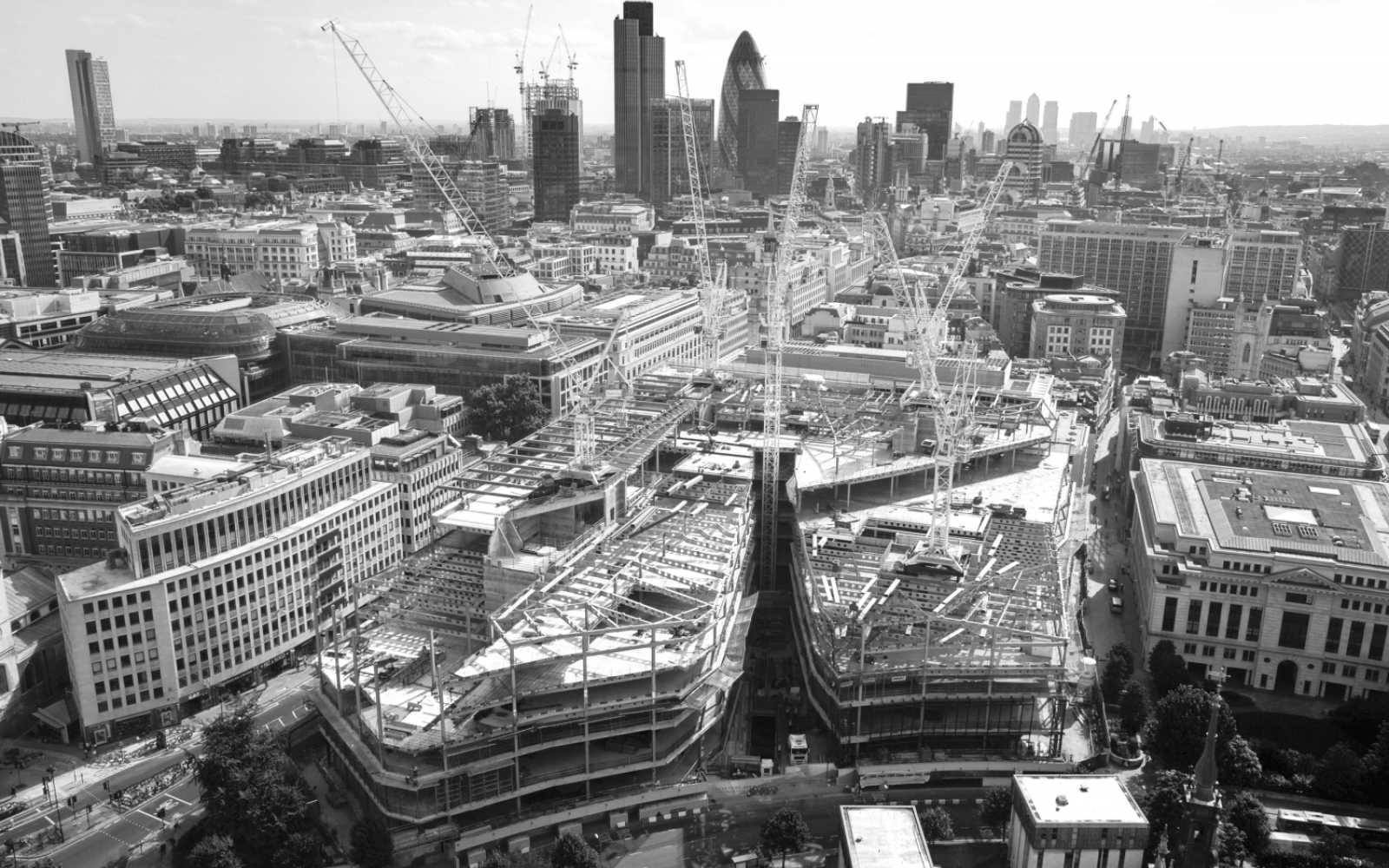Domestic Reverse Charge 4: New 5% disregard rule and other invoicing quirks

Neil Warren explains how the 5% disregard rule works, and why subcontractors should be careful when invoicing for work undertaken on new dwellings.
There are times when you need to understand what a tax rule means, although it will rarely be relevant in your day-to-day work. This is to ensure you can give a straight answer to a question asked by a client with reassuring words such as: “That’s OK, you don’t need to worry about that.”
One such issue is the new 5% disregard rule, which will be part of the new domestic reverse charge legislation for builders that will come into effect on 1 March 2021.
Example 1
Patsy the plumber has untaken two jobs for Contractor Ltd and has raised her sales invoice on 1 April 2021. Contractor Ltd is registered for both the construction industry scheme (CIS) and VAT. The sales invoice itemises the two jobs:
- work carried out in a hotel bathroom for Contractor’s client - Hotel Ltd: £500
- work carried out fitting a new bathroom suite at Contractor’s head office: £8,000
How much VAT will Patsy charge on this invoice?
Mixed sales invoices
The starting point is that if an invoice includes both ‘reverse charge’ work (the hotel job) and ‘non-reverse charge’ work (the head office work, where Contractor Ltd is an end-user, as explained in the first article in this series), the reverse charge will apply to all of the invoice, ie no VAT is charged by Patsy. The VAT of £1,700 (20% x £8,500) will be declared in Box 1 of the VAT return submitted by Contractor Ltd.
However, if the value of the ‘reverse charge’ work is 5% or less of the invoice total, then the normal VAT rules will apply to the invoice.
In this example, £500 is 5.9% of £8,500 so the reverse charge will apply to all of the invoice. But if the hotel job had been £400, then Patsy would need to charge 20% VAT because the percentage of reverse charge work would be 4.8% (£400 / £8,400). Her invoice will be for £8,400 + £1,680 VAT and she will be paid £10,080 by Contractor Ltd.
Work on new dwellings
Example 2
Clive is a subcontractor carpet fitter working on new houses, supplying both labour and materials. He has charged Contractor Ltd £250 for labour and £1,000 for the carpets on his April 2021 sales invoice. Contractor Ltd provides onward supplies to Developer Ltd, ie the work carried out by Clive comes within the reverse charge rules.
In this situation, the labour is zero-rated as building work on a new dwelling but the charge for the carpets is subject to 20% VAT because carpets are not building materials permanently fitted into a new dwelling, (VAT Notice 708, para 11.2). However, the key issue with the reverse charge rules is that the labour is zero-rated, so the invoice is subject to normal VAT rules.
Clive will charge £1,250 + £200 VAT and will be paid £1,450 by Contractor Ltd.
Single charge
What if Clive in example 2 did not split his labour and materials on his sales invoice, ie he made a single ‘supply and fit charge’ for £1,250?
In this situation, the labour is also standard rated but the HMRC guidance confirms that the reverse charge will not apply, ie Clive will charge £1,250 + £250 VAT (see reverse charge technical guidance para 16).
Conclusion
There are other construction industry supplies when the reverse charge will not apply:
- goods supplied on hire without labour
- professional fees such as surveyors and architects and
- employment businesses supplying staff.
This article has highlighted quirks which could affect some of your clients.
Original source Accountingweb.co.uk



